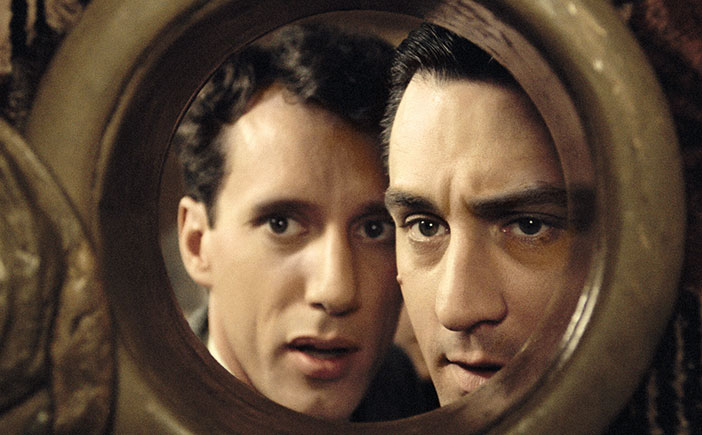
Sometimes a tight 90-minute film isn’t quite enough. Sometimes there are stories that simply cannot be told quickly. While it feels like the average length of movies in the cinema is increasing due to big budgets and perhaps the need to get value for money (it seems strange when a Marvel film comes in 140 minutes), a film breaching the three hour mark is still highly unusual. It requires of the viewer an extreme level of dedication, but also invites extra scrutiny. Does any film need to be that long? Really?
Despite their relative rarity, a century of cinema has seen enough masterpieces going past the three hour point to do this list a few times over. These are simply ten of them.
1. A Brighter Summer Day
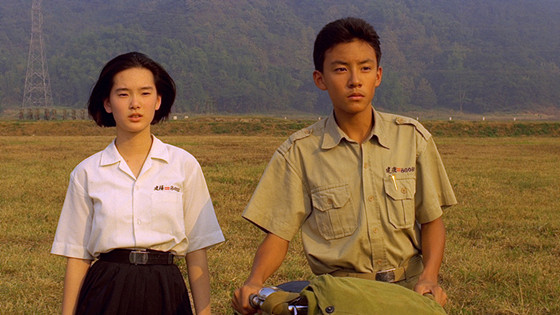
Its title taken from the lyrics of Elvis Presley’s ‘Are You Lonesome Tonight?’, A Brighter Summer Day is a coming of age tale set in 1960s Taiwan, based on a true incident in director Edward Yang’s childhood in which a young boy murdered a fellow classmate. Indeed, its original title is literally translated as Youngster Homicide Incident at Guling Street.
A Brighter Summer Day is a time bomb with a four-hour long fuse, but knowing where the film eventually ends up is inconsequential – Yang makes it all so much more than just a coming of age tale.
Through the experiences of Xiao Si’r and the dozens of other significant characters, A Brighter Summer Day perfectly captures life at that time in a way that feels novelistic in its thoroughness and intricacy – a movie in which all of its themes, narrative threads, politics, motifs and symbols, seem carefully plotted, immaculately thought out.
The children, rich, complex characters in their own right, act as ciphers for social and political issues that dominated Taiwanese society in the 1960s (the Western title hints at the encroachment of US culture, which is just a single theme explored in this rich tapestry). It makes every scene, every conversation between characters, seem packed with subtext that never once feels overbearing or didactic.
All films produce a sort of afterglow once they’re finished. There’s an adjustment to be made after the credits have rolled – a period after the darkness becomes light where you wipe away the fog and return to the real world free from its trance, no longer living in its universe. Bad ones are forgotten quickly. We move on as soon as we can, hoping we do better with the next movie choice. Films like A Brighter Summer Day radiate and stay with you forever.
2. Jeanne Dielman, 23 Commerce Quay, 1080 Brussels
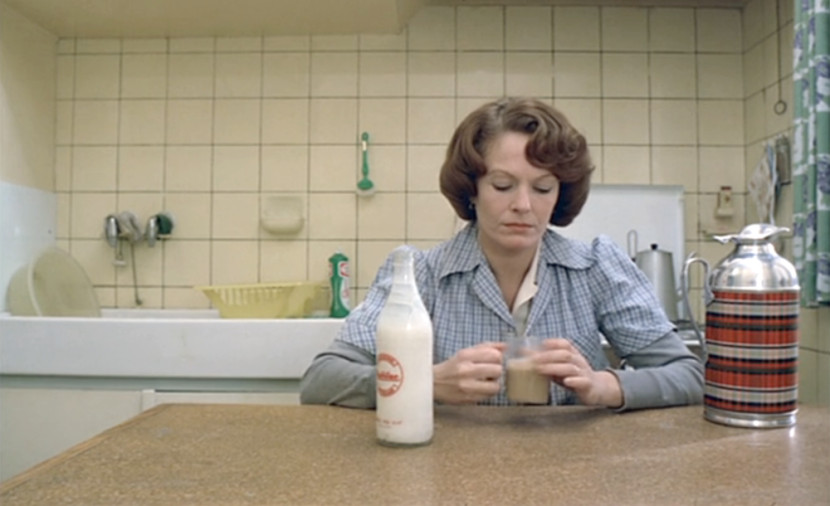
It speaks to the talent of Chantal Akerman that she could make a 200 minute long film, composed entirely of long, static shots of a woman (played magnificently by Delphine Seyrig) doing chores (and turning the occasional trick), be as thrilling as many action movies.
Akerman dedicates painstaking time and attention to Jeanne Dielman’s mundane routines and quirky rituals. The effect is that Akerman lulls the viewer into Jeanne’s self-contained world, syncing our sense of passing time with her circadian rhythms, and when she introduces, at first imperceptible, changes in her mannerisms – hair slightly unkempt, food preparation a little off – it becomes uncanny and unsettling.
As enough time passes, eventually, Jeanne sitting at her kitchen table, stirring hot chocolate endlessly while staring into space, becomes deeply troubling. Jeanne dropping a potato feels like the end of the world. Jeanne lives to serve the patriarchy and as the prison walls she dedicates so much of herself maintaining begins to close in on her, she starts to fall apart, piece by piece.
Chantal Akerman uses every minute of the film to create one of the great feminist masterpieces. Women are mad as hell and they’re not going to take it anymore.
3. Andrei Rublev
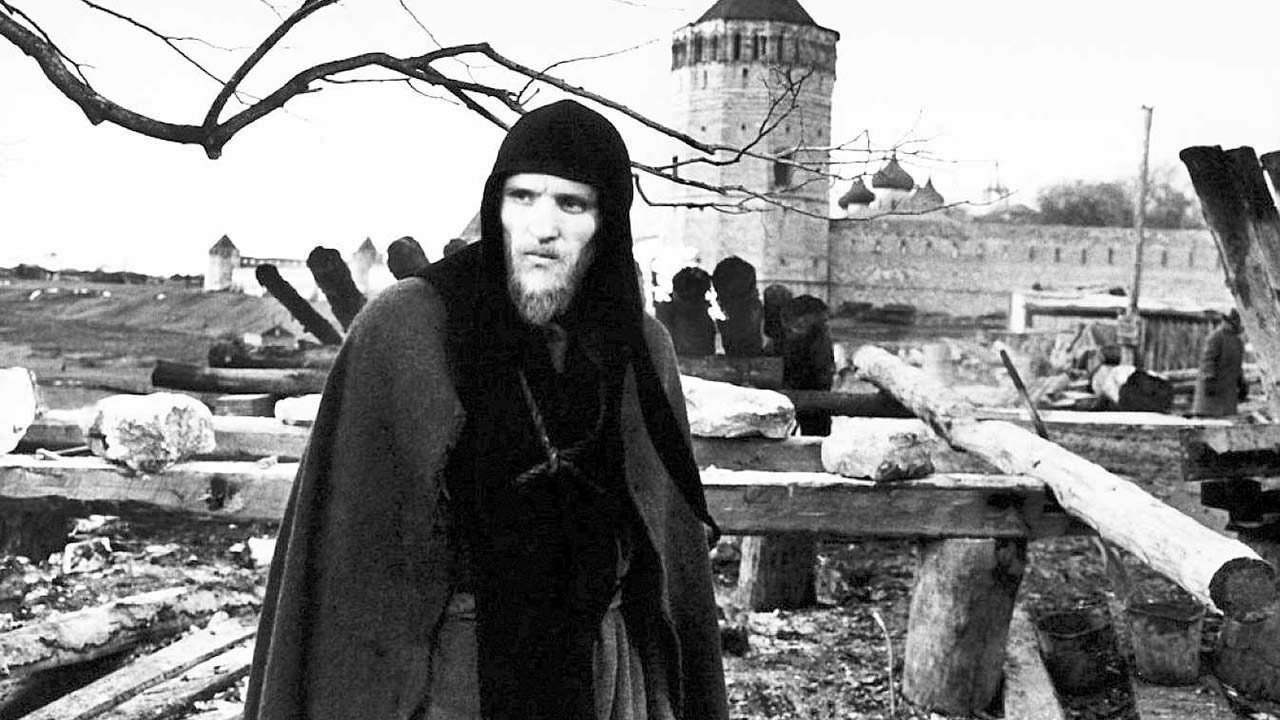
Following the life of eponymous icon painter, Andrei Rublev unfolds during 15th century Russia, a turbulent and horrendously violent period in the country’s history. This film marked an important point in Tarkovsky’s career. His brand of filmmaking that he is renowned for – planted and watered with Ivan’s Childhood – blossoms in this three hour time machine.
It is a vision of the past vividly realised. Tarkovsky’s use of the elements makes the mud, the rain and dirt feel almost palpable. With its troubled history with censorship and simply watching the scale of operations unfold over the three hours, Andrei Rublev, much like the bell at the end of the film, feels like something of a miracle. You can only sit in awe that something so grand could be pulled off.
Tarkovsky shoots everything with a level of artistry that it provoked a filmmaker like Ingmar Bergman to declare of Tarkovsky: “Suddenly, I found myself standing at the door of a room the keys of which had, until then, never been given to me. It was a room I had always wanted to enter and where he was moving freely and fully at ease.”
4. Satantango

A film so long you could fit two of the other entries in this list in the time it would take to finish Béla Tarr’s seven hour magnum opus. Satantango, adapted from the novel of the same name, traces the events surrounding a Hungarian village after the fall of Communism.
Members of the village receive a cash payment in the wake of the village factory shutting. Some plot to abscond with the money but plans are put on hold upon the news that a beguiling former villager, Irimias, once thought dead, is on his way from the capital. His intentions are unclear.
The ‘90s was a bit of a renaissance for the multi-narrative ensemble film (Pulp fiction released in the same year, Boogie Nights, Shortcuts, Magnolia, Exotica) and Satantango employs non-linear storytelling as character arcs interact and dovetail in ways that constantly surprise over the seven hours.
A particular highlight is a section of the film following the village drunk (and part time doctor) known only as the Doctor, who spends his days peeping on his neighbours and drinking. When the latter runs out, the Doctor embarks on a personal odyssey to refuel his supply. It is mesmerising, in part due to Tarr’s dedication to slowing the pace right down.
Despite being seven hours long, Satantango offers viewers an entrance exam in the opening ten minutes. If a long, continuous take of cows walking through a muddy village is too much to bear, then Tarr has saved you several hours of hurt. Turn it off and watch a couple of the other films on this list. If you find yourself entranced Satantango is incomparable. Strap in.
5. Seven Samurai
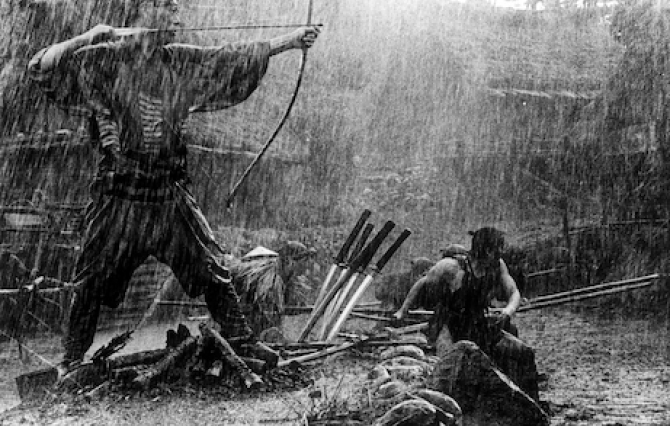
Its plot couldn’t be simpler: impoverished farmers seek out seven samurai to help defend their village from an impending raid by bandits. Kurosawa uses every second of Seven Samurai’s three-and-a-half hours to carefully develop each ronin, their unique outlooks on life, their personal motivations and what drives them. By the time the battle for the village occurs, these characters feel like real people and every near miss is heart-in-mouth stuff. Each death is devastating.
As brilliant as every actor is in the film, Seven Samurai belongs to Toshiro Mifune as the black sheep of the group Kikuchiyo, a veritable box of dynamite. Seven Samurai absolutely flies by because the simple story is told with such visual literacy that the exposition in the beginning never feels like work – so much is told through cinematography, particularly Kurosawa’s astounding blocking, that you could probably pick up a lot of the film with the sound turned off. Don’t, obviously, because Fumio Hayasaka’s score is one of the all time greats.
Seven Samurai works as lazy weekend viewing if all you want is a buccaneering adventure, but equally as a thematically dense inspection of class systems in which books have been written. What makes Seven Samurai so remarkable is how thoroughly modern it feels.
Perhaps it is because Kurosawa laid down the groundwork for modern action adventure films with Seven Samurai – its DNA is found in so many blockbusters that returning to it isn’t quite the timewarp it seems it should be, because Kurosawa basically perfected the formula over 60-years ago.